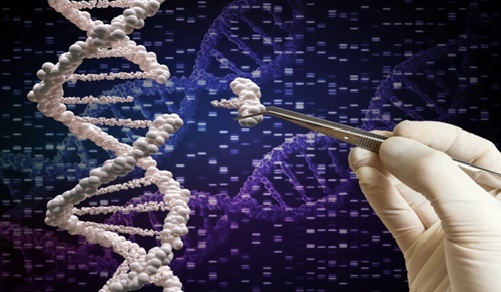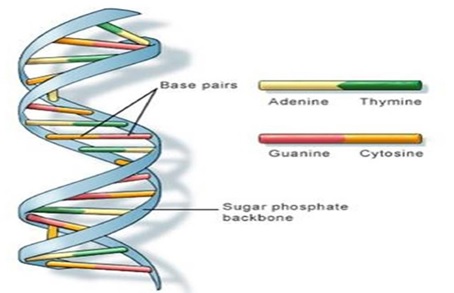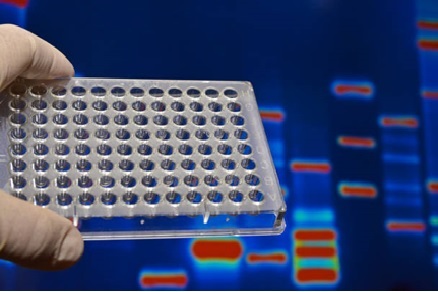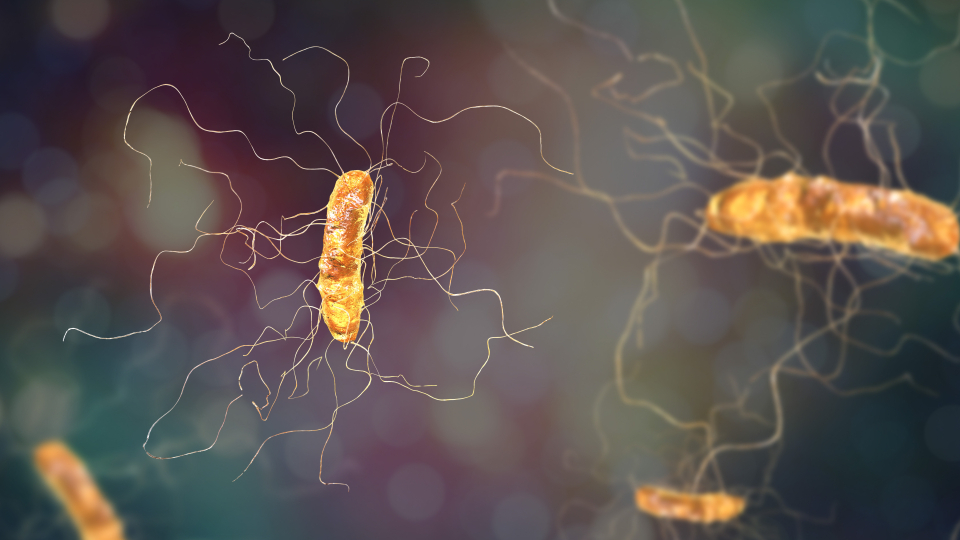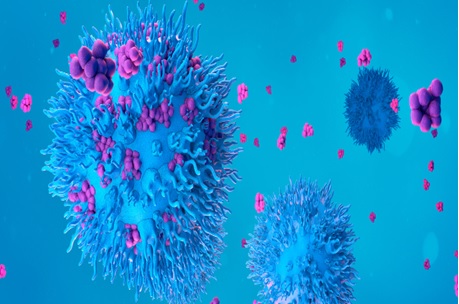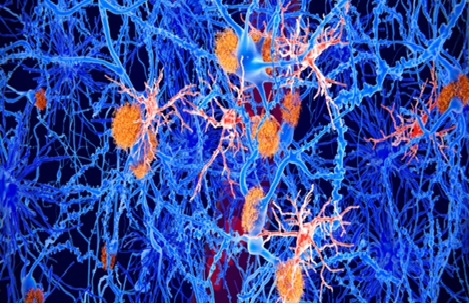Mapping The Connectome of The Fruit Fly Larva
The sites of 3,016 neurons and their connections have been traced in detail for the first time in a fruit fly larva in a recent study.
A team of international researchers, led by the University of Cambridge and Johns Hopkins University, has successfully created a comprehensive map of the larval fruit fly (Drosophila melanogaster) brain. This mapping provides valuable positional information and insights into the connectivity patterns of the brain, laying the foundation for a better understanding of brain function.
Unlike previous brain mapping studies focused on simpler organisms like roundworms, this study tackled the mapping of a more complex neuronal system. The larval fruit fly brain shares similarities with the adult fruit fly brain and other large insects, making it an ideal candidate for brain mapping. The larval fruit fly also possesses a wide range of sophisticated behaviours, including action-selection and learning, which adds to its appeal as a research subject.
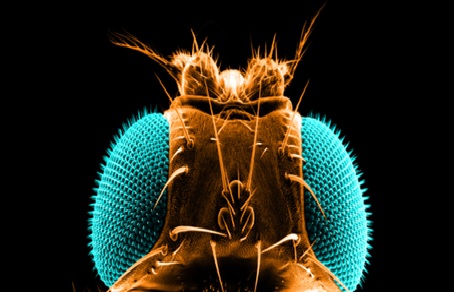
Figure .1 Mapping the Connectome of The Fruit Fly Larva
Figure 1 shows the advent of electron microscopy has revolutionized the ability to image entire brains, and this technology played a crucial role in the current study. The researchers used electron microscopy to capture thousands of slices of the larval fruit fly brain, meticulously annotating the neuronal connections and constructing a detailed map that encompasses 3,016 neurons and 548,000 synapses. This achievement opens up new possibilities for studying the intricate neural circuitry of the fruit fly brain and gaining deeper insights into its functioning.
In addition to creating a comprehensive map of the larval fruit fly brain, the researchers also developed computational tools utilizing a deep learning architecture. These tools helped them recognize circuit patterns and infer information pathways within the brain. The complexity of the neural circuit posed a challenge, but by collaborating with other research groups, they were able to develop computational methods that could predict behaviours based on the observed structures. This work not only aids in understanding the fruit fly brain but also has the potential to inspire improvements in artificial neural networks.
While current technologies are not yet capable of mapping specific neurons and their connections in more complex organisms, the larval fruit fly connectome represents an important step forward. It serves as a reference for future brain mapping studies and contributes to the ongoing efforts to unravel the mysteries of neural circuitry in more intricate organisms.
"The brains of all species must carry out a variety of complicated behaviours, such as processing sensory data, learning, making feeding decisions, and navigating their surroundings. I believe that the fundamental circuit patterns that underlie these fundamental behaviours will also be conserved, just as genes are across the animal kingdom, said Zlatic. Taking the connectome one step further to link behaviour with its physical location in the brain, the researchers intend to look into the brain circuitry connected to particular behaviours in the future.[1]
References:
- https://www.biotechniques.com/neuroscience/mapping-the-larval-fruit-fly-connectome/
Cite this article:
Janani R (2023),Mapping the Connectome of The Fruit Fly Larva, AnaTechMaz, pp.188


